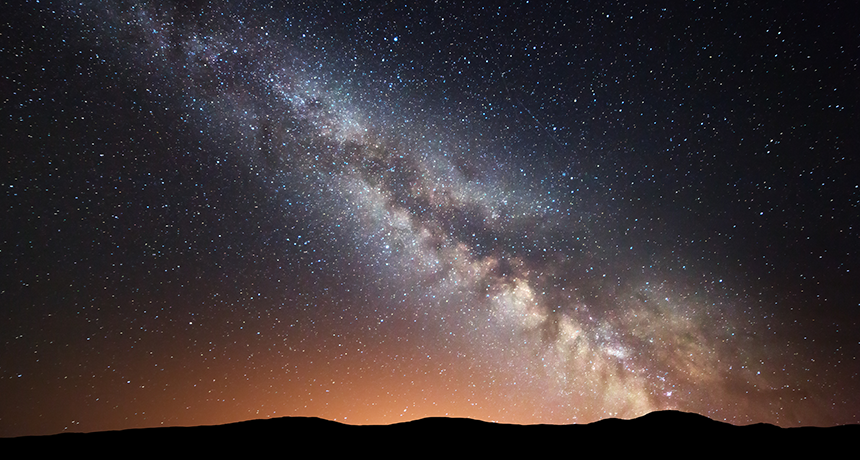
Tell me about the stars you see in this image.
They look like billions of little pinpricks of light, right? It’s hard to imagine that each one of these is probably the size of the sun…or much larger. And the sun, by the way, is about 109 times Earth’s diameter.
So if you thought those stars were small…not so.
It makes sense that they would be very large. Their light reaches us from many light years away, with the nearest star 4.3 light years away and the most distant one likely trillions.
In order to radiate that far out and stay bright enough to speckle the night, they would have to be very luminous, and that means having a large surface area, even if they’re not particularly hot.
So how do we know how big the stars are?
Continue reading

